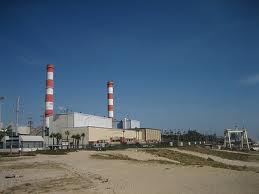With the world focused on the silly brinksmanship in Congress over the national debt ceiling, there hasn’t been enough focus on the ramifications of the recent California legislative redistricting process. The final maps, created by an independent body called the California Citizens Redistricting Committee, just came out last week and the new districts are substantially different. For the L.A. County coast, the changes are pretty dramatic.
Overall, our local coast didn’t do that well during redistricting. Separating the ports in different congressional and senate districts is not good for San Pedro Bay and misses the opportunity to integrate environmental protection and cleanup efforts among the ports, and L.A. and Long Beach. The new state senate districts separate some of the strongest supporters of Santa Monica Mountains conservation from the actual resource. That makes it tougher for Westside residents to help out on those issues.
Filed under: Environmental Governance, Environmental Leaders, Heal the Bay, Legislation, Port of Los Angeles | Tagged: California redistricting, environment, Santa Monica Bay | Leave a comment »









